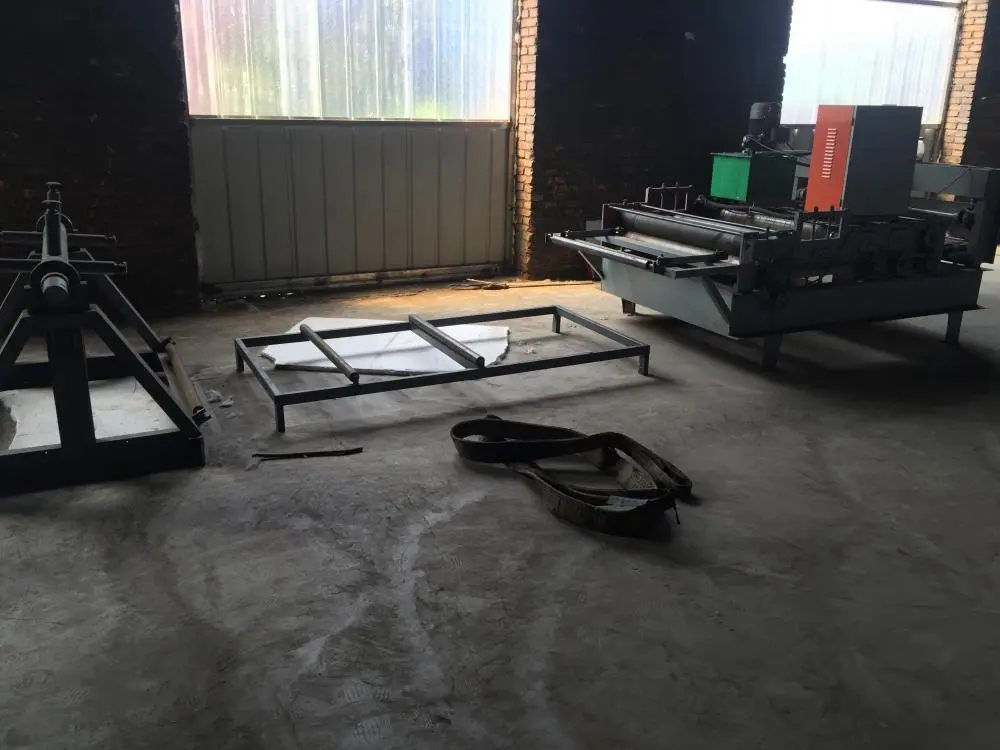
Double Layer Roofing Sheets Forming Machine An Innovative Solution for Roofing Needs
In the construction and manufacturing industry, the demand for durable and efficient materials is ever-increasing. Among the array of materials available, roofing sheets made from galvanized steel, aluminum, or PVC have gained remarkable popularity due to their resilience against harsh weather conditions and aesthetic appeal. A pivotal player in the production of these roofing materials is the double layer roofing sheets forming machine, which has revolutionized the way roofing sheets are manufactured.
The double layer roofing sheets forming machine is designed to produce two distinct profiles of roofing sheets simultaneously, optimizing production efficiency and minimizing material waste. This innovative machine operates on the principle of continuous forming, where two sets of rolls are used to shape metal sheets into various profiles, such as corrugated and tile designs. The versatility of this machine allows manufacturers to cater to a wider market, providing customized solutions that meet different architectural styles and construction requirements.
Key Features and Advantages
1. Efficiency One of the most significant advantages of the double layer roofing sheets forming machine is its ability to produce two profiles in a single run. This reduces the downtime associated with switching machines and reconfiguring production lines, thereby significantly increasing output. Companies can respond more swiftly to market demands, ensuring that inventory levels are always optimized.
2. Cost-Effectiveness By consolidating two production processes into one machine, manufacturers save on both equipment costs and maintenance. The double-layer design not only allows for efficient production but also minimizes floor space usage in factories, facilitating better organization of resources and reducing operational costs.
3. Versatility The machine can accommodate various raw materials, including galvanization, and can be customized to produce sheets of different sizes and thicknesses according to client specifications. This adaptability makes it suitable for various applications, from residential roofing to commercial buildings.

4. Quality Control Modern double layer roofing sheets forming machines are equipped with advanced technology that ensures consistent product quality. Features like automatic feeding systems, CNC control, and cutting-edge rollers enhance precision and reduce human error during the manufacturing process.
5. Durability The resulting roofing sheets offer excellent durability and resistance to environmental stresses. With increasing concerns over climate change and extreme weather patterns, using robust materials for roofing has never been more critical. The double layer sheets not only provide aesthetic value but also ensure longevity, contributing to the overall sustainability of building structures.
Applications in the Industry
The versatility and efficiency of double layer roofing sheets forming machines have made them a popular choice among construction companies and roofing manufacturers. They are widely used in constructing residential buildings, warehouses, commercial properties, and industrial facilities. The ability to produce aesthetically pleasing yet functional roofing solutions positions these machines as indispensable tools in the construction sector.
Conclusion
In conclusion, the double layer roofing sheets forming machine has transformed the roofing industry by combining efficiency, cost-effectiveness, and versatility. As the demand for high-quality roofing materials continues to grow, investing in such innovative machinery is imperative for manufacturers looking to stay competitive and agile in a rapidly changing market. Not only does it benefit the producers, but it ultimately leads to better quality products for consumers, fostering progress within the construction industry as a whole.